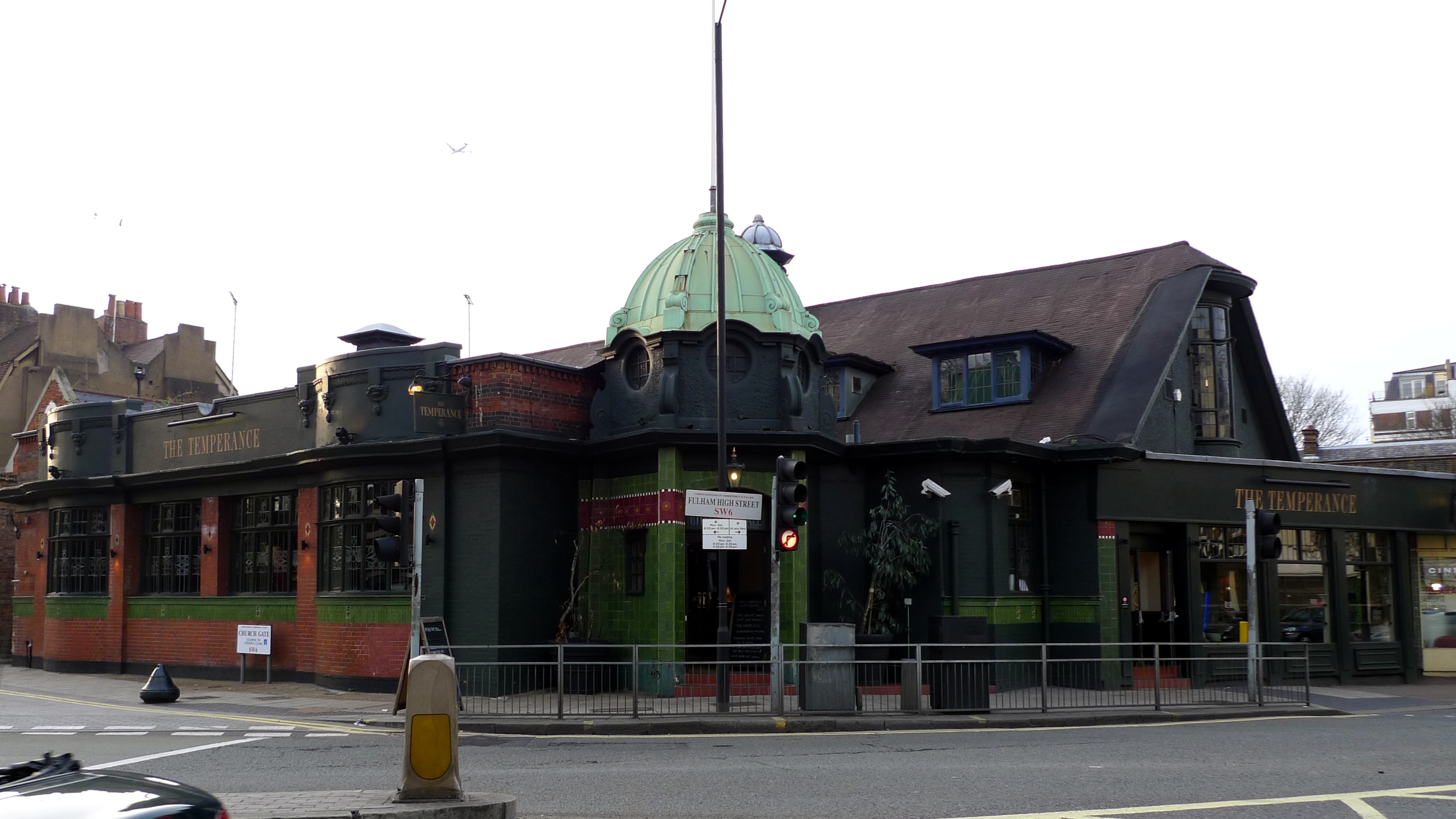Norman Evans (architect) on:
[Wikipedia]
[Google]
[Amazon]

 Norman Evans was a British
Norman Evans was a British

 Norman Evans was a British
Norman Evans was a British architect
An architect is a person who plans, designs and oversees the construction of buildings. To practice architecture means to provide services in connection with the design of buildings and the space within the site surrounding the buildings that h ...
, best known for the dozen and a half temperance movement
The temperance movement is a social movement promoting temperance or complete abstinence from consumption of alcoholic beverages. Participants in the movement typically criticize alcohol intoxication or promote teetotalism, and its leaders emph ...
billiard halls he designed for the Temperance Billiard Hall Co. Ltd.
Several of these former halls designed by Evans are now Grade II listed
In the United Kingdom, a listed building or listed structure is one that has been placed on one of the four statutory lists maintained by Historic England in England, Historic Environment Scotland in Scotland, in Wales, and the Northern Irel ...
buildings, such as the 1910 Temperance Billiard Hall, Fulham
The Temperance Billiard Hall, now a pub called The Temperance, is a Grade II listed building at 90 Fulham High Street, Fulham, London.
It was built in 1910, and the architect was Norman Evans.
It was built for a company called Temperance Bi ...
, London, now somewhat ironically a pub called ''The Temperance''.
The Temperance Billiard Hall built in Chorlton-cum-Hardy, Manchester in 1907, also Grade II listed
In the United Kingdom, a listed building or listed structure is one that has been placed on one of the four statutory lists maintained by Historic England in England, Historic Environment Scotland in Scotland, in Wales, and the Northern Irel ...
, is now a J D Wetherspoon pub called the Sedge Lynn.
His assistant, Thomas Somerford, later designed billiard halls for Temperance Billiard Halls in his own right, as well as cinemas and other buildings.
References
{{DEFAULTSORT:Evans, Norman 20th-century English architects Year of birth unknown Year of death unknown Architects from Lancashire